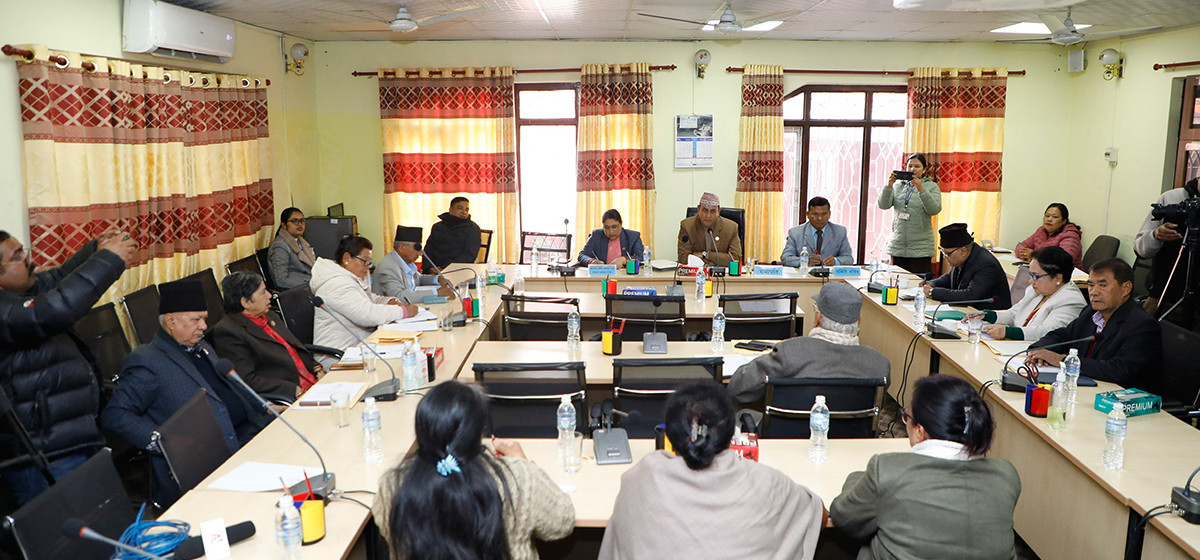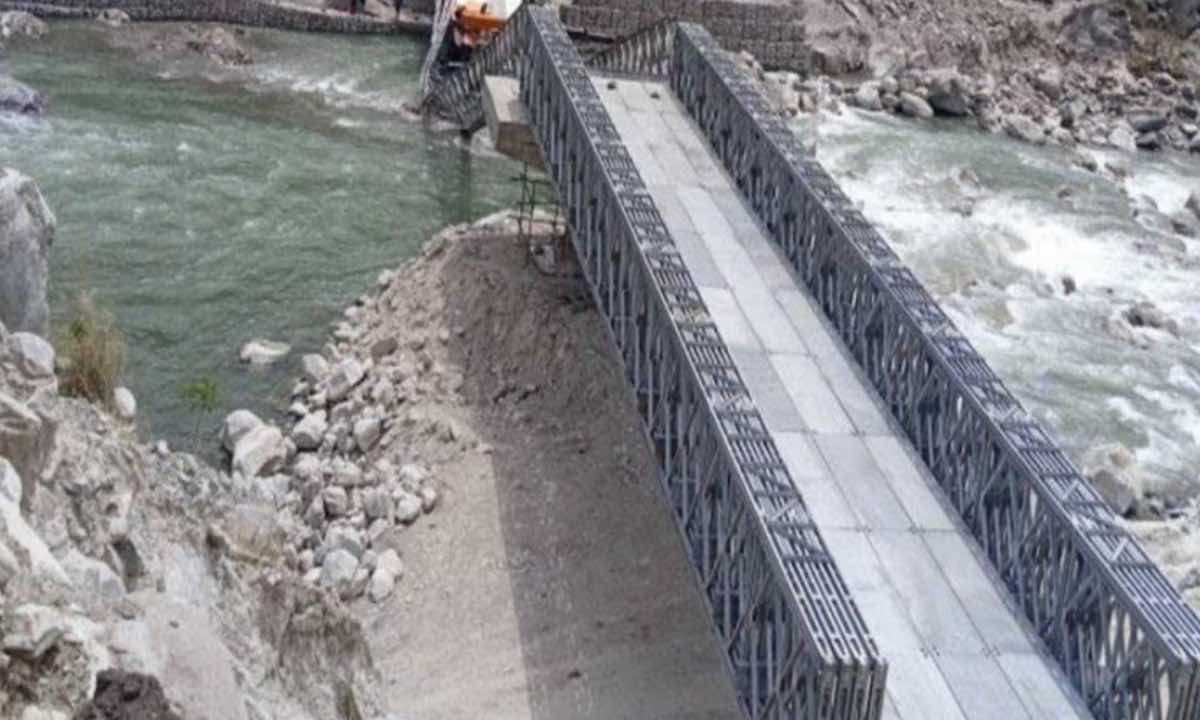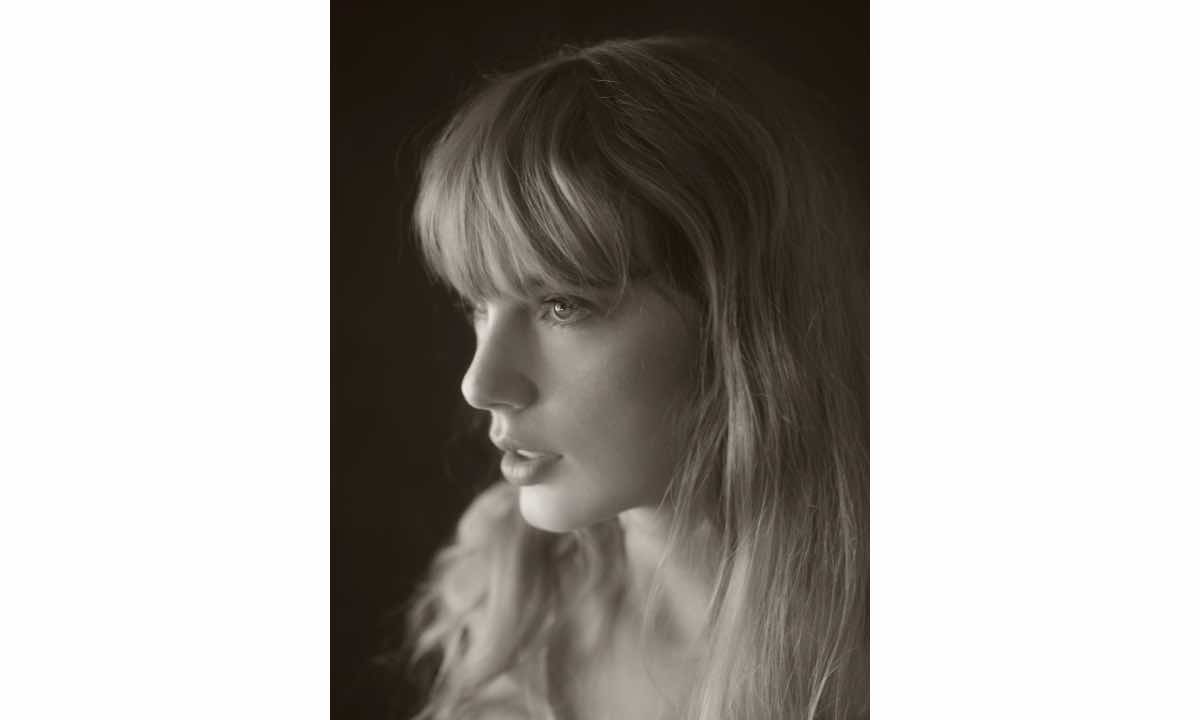
OR

Frequently tagged as the most beautiful natural phenomena, the polar lights are something you must see at least once in your lifetime. The polar lights, also called aurora, are an ethereal and mystical light show seen at night – commonly displaying the color green but also other colors like pink, yellow, violet and more rarely blue, orange and white.
Although, the polar lights can be seen quite a few times throughout the year, many hopefuls still miss out on it because of lack of information. This week, we have gathered all the information you need to know in order to increase your chances of seeing the polar lights. There is no certain way to guarantee that you will see the lights on a particular day but the following are just some pointers that might help.
Location
As the name suggests, polar lights can only be seen near or around the polar regions of the earth. The northern lights (aka aurora borealis) around the north pole and the southern lights (aka aurora australis) around the south pole. These places that display the polar lights are called the auroral ovals and they form an oval shape around the poles.
The location for the northern auroral oval spreads over northern Scandinavian Islands, the southern point of Greenland and continues over northern Canada, Alaska and down the northern coast of Siberia. Norwegian countries Troms and Finnmark are where the occurrence is greatest and Norway is the most popular destination for viewing the northern lights in general.
In North America, Canada has the most frequent sightings of the auroras. Between James Bay and the west coast of Alaska – anywhere along that auroral zone is a good place to be. James Bay is the far southern portion of Canada's huge Hudson Bay. Denali National Park and Preserve in Alaska, Idaho Panhandle Forest in Idaho, Aroostook Wildlife Refuge in Maine, Cook County in Minnesota and Michigan’s Upper Peninsula are also some good places to view the northern lights.
The lesser-known twin of aurora borealis, aurora australis is most prominently seen from Antarctica and the surrounding ocean, Tasmania, Southern New Zealand and extreme far South Argentina and Chile. It is trickier to see the southern lights because the area around the southern pole is mostly just water. Antarctica is an ideal place to have the most beautiful viewing of the southern lights, but that is not accessible to most. South Georgia Island, Stewart Island (New Zealand), Falkland Islands, Ushuaia (Argentina) and Mount Wellington (Tasmania) are the best, as well as some of the only, places to see the southern lights. Because there are few places from where southern lights are visible, many people do not even know that there is a southern counterpart to the northern lights.
Timing and weather
Although the common belief is that the polar light phenomena only occur during winter of the respective hemispheres, in reality the phenomena happen throughout the year. Human eyes just cannot detect them when the backdrop of the sky is lighter (during summer) than the colors being displayed by the phenomena. So, yes, winter would be a smart time to visit the auroral oval as the lights are much brighter than the night sky and are more distinctly seen.
The northern lights are more frequently visible from September to May and the southern lights are more visible from May to September. But keep in mind that there are factors other than months or seasons that come into play.
Another obtrusion for the polar lights may be immediate weather. Even during the winter months, rain, clouds, storm and snow might affect the visibility of auroras. Again, you might be able to see the lights generated from peak solar activities but it will be difficult to see the lights generated from weaker solar activities. A cloud, storm, and rain free night is your best bet.
Daylight and lunar cycle
Polar lights are more visible during the night because, during the day, the sunlight is much brighter than the auroral lights. So, anytime from late evening to early morning is a good time. Although, time and again, strong solar activities have caused beautiful array of auroral lights as early as noon when the sun is at its brightest.
The lunar phases do not directly interfere in the formation, intensity or color of auroras but the glow it gives out might. Sometimes, moonlight is also said to have obstructed the view of polar lights so there’s a higher chance of seeing the auroras during the new moon phase. But that is only when the auroral intensity is weak. At cases when auroras are formed by peak solar activity, the moonlight actually enhances the color and shimmer of the polar lights.
Solar cycle
It is the solar activities like sunspots and solar storm that cause the aurora lights, so everything thing from the color spectrum to the intensity of the aurora lights are dependent on the solar activities. If the solar cycle is peaked than you have an extremely high chance of seeing the lights and vice versa.
Different organizations keep track of solar activities and some also forecast nights when auroral lights have the highest chance of being seen. Aurora service, NOAA's Space Weather Prediction Center (SWPC) and Aurora Alert are some of the most popular and accurate sites with auroral predictions.
Myths
The Polar lights have a list of pretty interesting mythologies based upon them ranging from Chinese and Japanese to Greek and Roman.
The name “Aurora” itself comes from Greek which means dawn or sunrise. “Boreas” means wind. The ancient Greeks and Romans considered Aurora to be a sister of Helios (the Sun God) and Selene (the Goddesses of the Moon) and believed she raced across the early morning to aware her siblings of a new day. There must have been a strong solar activity going on for a place that far away from the magnetic poles to have seen the auroras.
“Australis” is a Latin term which means south. The Aboriginal Australians took the display of southern lights to be an indication of their Gods dancing and enjoying themselves.
It’s pretty uncommon for Northern lights to be seen as far out as China and Japan. So, both the Chinese and Japanese were wonderstruck whenever the lights would make an appearance. Ancient Chinese deductions is that the lights are a result of the ferocious fight between good and evil dragons.
The Cree Indians of North America surmised the auroral lights to be the spirit of the dead trying to communicate with their living relatives and friends. The Algonquins believed aurora was created by light from a fire built by Nanahbozho, their creator, to remind his people that he remembered them and was watching over them.
You May Like This

Megan Fox to play astronaut in thriller 'Aurora'
Actor Megan Fox is set to essay the role of an astronaut in Arclight Films' suspense thriller "Aurora". The project... Read More...




Just In
- Fire destroys wheat crop in Kanchanpur, Kailali
- Bipin Joshi's family meets PM Dahal
- State Affairs and Good Governance Committee meeting today
- Gold items weighing over 1 kg found in Air India aircraft at TIA
- ACC Premier Cup semi-final: Nepal vs UAE
- Sindhupalchowk bus accident update: The dead identified, injured undergoing treatment
- Construction of bailey bridge over Bheri river along Bheri corridor reaches final stage
- Taylor Swift releases ‘The Tortured Poets Department’















Leave A Comment